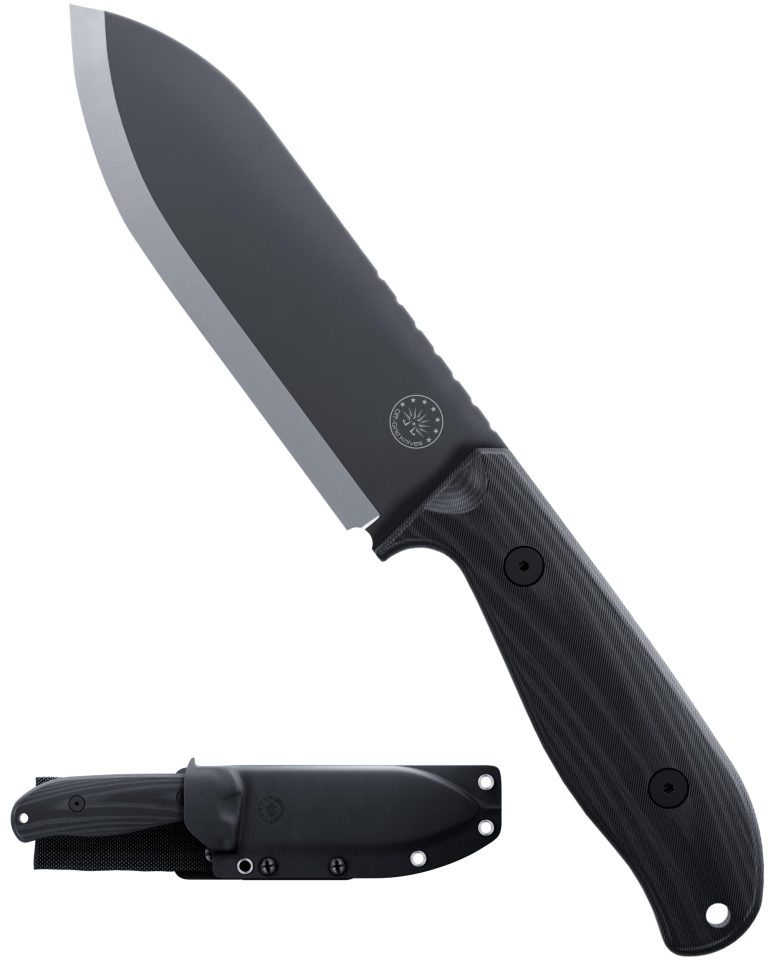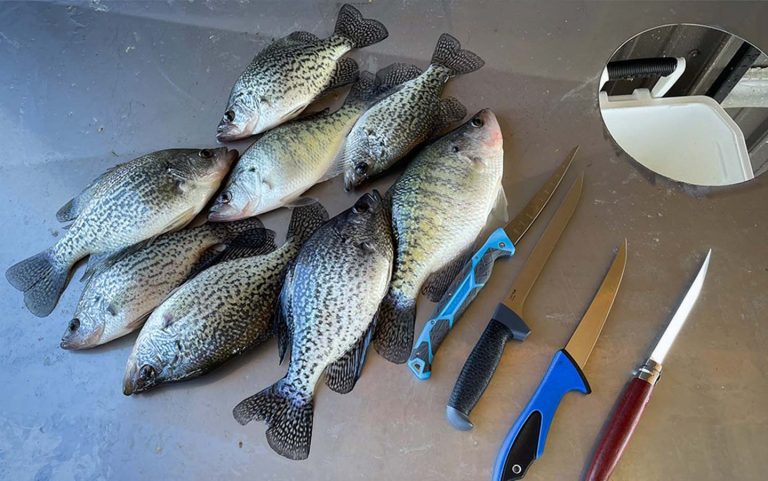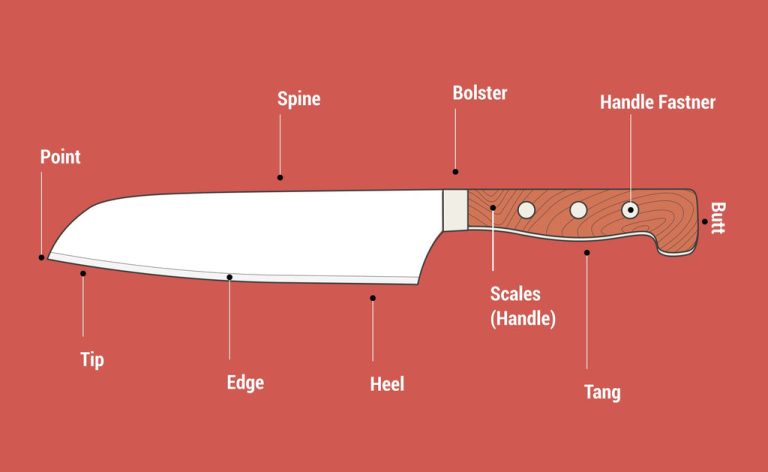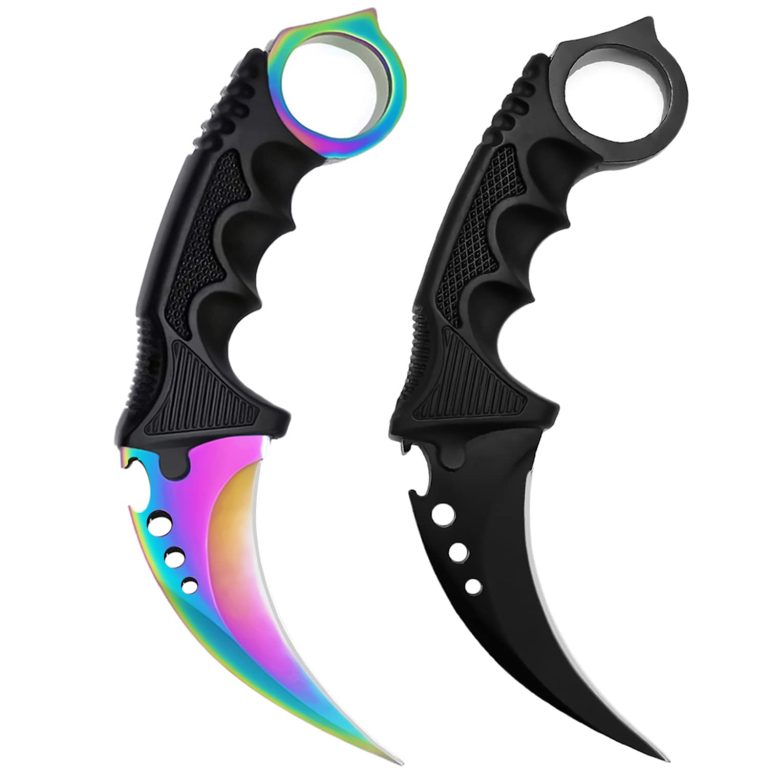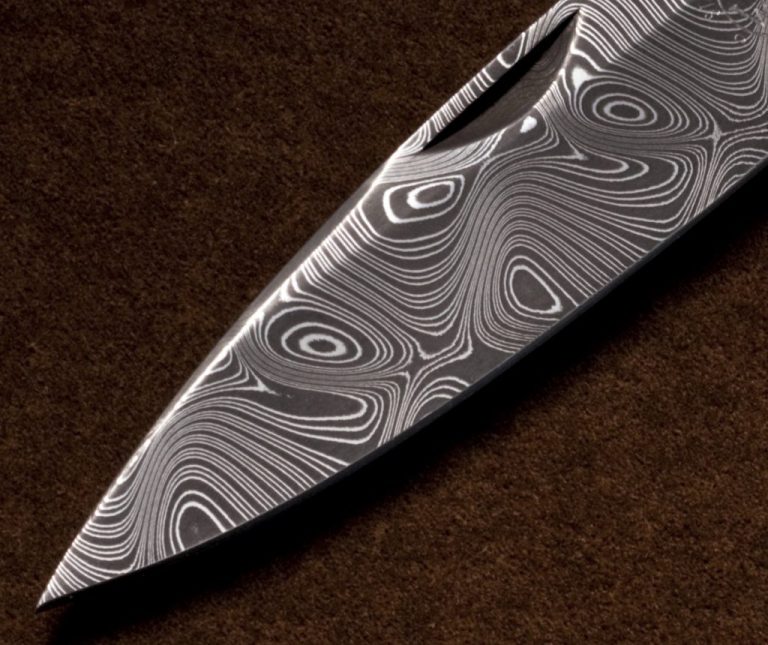Kayaking Knife Materials Explained
Kayaking knife materials are explained based on their durability, functionality, and corrosion resistance. When it comes to choosing the right knife for kayaking, the material it is made from plays a crucial role.
The material determines the knife’s durability, functionality, and resistance to corrosion. We will explore the different materials commonly used for kayaking knives and their unique characteristics. By understanding the benefits of each material, you will be able to make an informed decision when selecting the perfect knife for your kayaking adventures.
Let’s dive in and explore the various materials that make kayaking knives reliable and efficient companions on the water.

Credit: www.amazon.com
The Importance Of Choosing The Right Material
The choice of material for a kayaking knife is of utmost importance to ensure durability and reliability on the water. The right material can significantly impact the knife’s weight and performance, making it crucial to select wisely. Different materials offer distinct advantages and disadvantages.
One popular option is stainless steel, known for its corrosion resistance and durability. Stainless steel knives are highly reliable and require minimal maintenance. However, they can be heavier compared to other materials.
Titanium is another material commonly used in kayaking knives. Lightweight and strong, titanium offers excellent corrosion resistance and is often favored by outdoor enthusiasts. However, titanium knives can be more expensive.
Another material to consider is carbon steel, which offers exceptional sharpness and ease of sharpening. Carbon steel knives are typically lightweight and durable. However, they may require more care to prevent corrosion.
Ultimately, the choice of material for a kayaking knife depends on personal preference, considering factors such as weight, performance, and budget. By selecting the right material, kayakers can ensure a reliable and durable tool for their water adventures.
1. Stainless Steel Blades
Stainless steel blades are a popular choice for kayaking knives due to their durability and resistance to corrosion. They are made from various types of stainless steel, each with its own characteristics and benefits.
Characteristics and benefits
| Type | Characteristics | Benefits |
|---|---|---|
| AUS-8 | Tough and resistant | Excellent for heavy-duty use |
| 420HC | High carbon content | Easy to sharpen and maintain |
| 440C | High corrosion resistance | Ideal for saltwater environments |
Pros and cons
Stainless steel blades offer several benefits, such as their ability to resist rust and maintain sharpness. However, they can be heavier compared to other materials, affecting portability. Additionally, stainless steel blades may cost more, but you get the advantage of longevity with proper maintenance.
Maintenance tips
- After each use, rinse the blade with fresh water and dry it thoroughly to prevent corrosion.
- Apply a thin layer of oil or lubricant to protect the blade from moisture.
- Regularly sharpen the blade to maintain its cutting efficiency.
2. Titanium Blades
Here is my response in HTML format:| Advantages | Disadvantages |
| 1. Lightweight and corrosion-resistant properties | 1. May be costly compared to other materials |
| 2. Provides durability and strength | 2. Can be more brittle than other blade materials |
| 3. Retains sharpness for longer periods | 3. May require specialized equipment for sharpening |
3. Ceramic Blades
Ceramic blades are a popular choice among kayakers for their unique features and benefits. One of the main strengths of ceramic blades is their incredible sharpness, which allows for precise and clean cuts. They are also lightweight, reducing the overall weight of your kayaking gear. However, it’s important to note that ceramic blades are more prone to chipping or breaking compared to other materials. Additionally, they may not be suitable for heavy-duty activities or use on hard, abrasive surfaces.
When considering ceramic blades for kayaking, it’s essential to prioritize their sharpness and lightweight properties. These blades are ideal for tasks like slicing through ropes, opening packages, or preparing food during your kayaking trips. To maintain ceramic blades, avoid using them on hard surfaces and always rinse them with fresh water after use to prevent saltwater corrosion. Regularly check for any signs of damage or wear and consider professional sharpening if necessary.
4. Carbon Fiber Handles
| Carbon Fiber Handles |
Carbon fiber handles are popular choices among kayakers due to their lightweight and sturdy construction. These handles offer several advantages, such as being incredibly lightweight, making them easy to maneuver and carry during kayaking activities. The sturdy construction ensures durability, allowing them to withstand rigorous use and potential impacts when navigating through rough waters.
However, it’s essential to consider that carbon fiber handles may not be suitable for all kayaking activities. While they excel in lightweight and performance-oriented situations, they are not recommended for heavy-duty tasks or activities that require significant force.
To maintain carbon fiber handles, it is important to regularly inspect them for any signs of damage or wear. Clean them gently with mild soap and water, avoiding abrasive materials that can scratch the surface. Additionally, ensure that the handles are properly stored in a cool, dry place away from direct sunlight to prevent any potential damage.
5. Plastic Handles
|
Types of plastic materials commonly used: – ABS Plastic: widely used for its toughness and impact resistance. – Polypropylene: known for its durability and resistance to chemicals. – Delrin: offers excellent stability and low friction. – Nylon: provides high strength and resistance to abrasion. – FRN (Fiber Reinforced Nylon): combines strength with lightweight properties. |
|
Pros and cons: – Durability: Plastic handles are generally durable and can withstand rough handling. – Affordability: Plastic handles are more budget-friendly compared to other materials. – Limited customization: Plastic handles may offer limited options for design and customization. – Less premium feel: Some users perceive plastic handles as less upscale compared to other materials. |
|
Care and maintenance recommendations: – Clean regularly: Wipe the handle with a damp cloth to remove dirt and debris. – Avoid extreme temperatures: Keep the kayak knife away from extreme heat or cold. – Store properly: Store the knife in a dry place to prevent moisture damage. – Check for signs of wear: Regularly inspect the handle for any cracks or damage. |
6. Wood Handles
A popular choice for kayaking knife handles is wood, known for its traditional and aesthetic appeal. Different types of wood may be used, each offering its own unique qualities. Some common types include birch, rosewood, and walnut.
Wood handles have several benefits. They provide a natural feel and comfortable grip, making them ideal for extended use. Wood also absorbs moisture, ensuring a secure hold, even when hands are wet. Furthermore, wood handles are resilient and can withstand rough conditions.
Despite their advantages, wood handles do have limitations. They require regular maintenance, such as oiling, to prevent drying and cracking. Excessive exposure to water can also cause warping and damage to wood handles. Proper care is crucial to ensure their longevity.
To maintain wood handles, apply a thin layer of mineral oil or wax regularly. Avoid soaking the handle in water and dry it thoroughly after each use. Inspect the handle regularly for any signs of damage or wear and repair them promptly.
In summary, wood handles for kayaking knives offer a classic and appealing option. With proper care and maintenance, they can provide a reliable grip and enhance your kayaking experience.
Conclusion
Based on the information provided in this blog post, it is clear that the choice of kayak knife material can greatly impact your kayaking experience. Stainless steel, titanium, and carbon fiber are all viable options, each with their own strengths and weaknesses.
Stainless steel offers durability and corrosion resistance, while titanium is lightweight and strong. Carbon fiber, on the other hand, provides a balance between durability and weight. Ultimately, the best material for you will depend on your specific kayaking needs and preferences.
It is important to consider factors such as the frequency of use, the environments you will be kayaking in, and your personal comfort. By choosing the right material for your kayak knife, you can ensure that you have a reliable and effective tool for any kayaking adventure.
So, take the time to evaluate your options and make an informed decision that will enhance your safety and enjoyment on the water.

